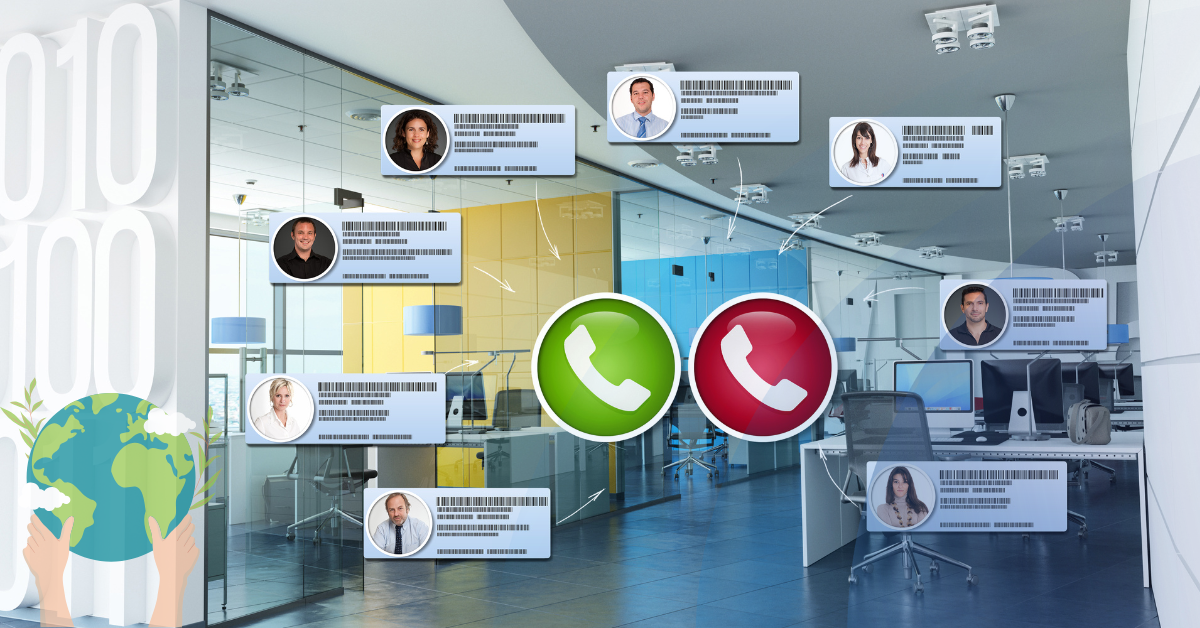I’ve been well acquainted with working remotely for many years. As an analyst (my first position at Omnia), I was able to telecommute a few days a week. (The term “telecommute” tells you just how long ago that was – and how ahead of its time Omnia was in allowing employees to do so.) Years later, I started working completely from home, though I would still occasionally come in to see my in-office colleagues. In 2020 when many offices had to temporarily shut their doors, out of necessity all Omnia employees began working from home. Because of the forethought and groundwork laid by Omnia leadership years prior, the transition was seamless. So much so that our company eventually became a fully remote operation, and now every employee is a remote worker.
One of the biggest takeaways from all my years of working remotely is the value of collaboration and teamwork. Collaboration is vital to all organizations, no matter what business model they follow. While there are challenges involved in fostering teamwork among remote coworkers – namely the physical distance – it’s those very challenges that make it all the more important for companies to be intentional about facilitating collaboration among their personnel.
Some of the benefits of cultivating strong team dynamics within remote employees are:
- Improved team cohesion. Remote work can sometimes lead to feelings of isolation among employees. Promoting collaboration helps to build a sense of camaraderie and teamwork. When team members collaborate regularly, they develop stronger relationships, trust each other more, and feel more connected to the team and organization as a whole.
- Enhanced Communication.
Facilitating collaboration helps virtual team members effectively use digital communication tools to share ideas and clarify information despite being geographically dispersed. This reduces misunderstandings and promotes clarity in project goals and tasks. - Boosted Productivity.
Remote teams that collaborate effectively can leverage each other’s strengths, share the workload more efficiently, and solve problems collectively. This collaborative environment fosters innovation and creativity, often driving productivity gains. - Professional Development.
Collaboration provides opportunities for learning and skill development. Remote team members can learn from each other, share knowledge, and mentor each other, contributing to their professional growth and career advancement. - Employee Engagement and Satisfaction.
When remote team members feel valued, connected, and supported by their peers, they are more likely to feel engaged and satisfied with their work and remain committed to the organization.
Collaborative virtual teams don’t just happen. Leadership must be purposeful about putting strategies in place to create and nurture this dynamic. Here are 4 things to focus on when you’re laying the groundwork for your remote personnel.
1. Understand your employees.
Gaining insight into what makes each employee tick is the first step in creating a collaborative environment, even if that environment is virtual. A behavioral assessment, like The Omnia Assessment, is a helpful tool for discovering and understanding your employees’ strengths, challenge areas, and motivators. Equipped with this information, you can develop effective strategies for keeping your team’s efforts unified and moving forward.
Who on the team needs regular video calls and meetings to talk through assignments in real time? Who needs agendas sent out a few days early so they have time to formulate their ideas? How many meetings is too many for your reserved employees? How many is too few for socially driven personnel? It can be a challenge to find the right balance for a diverse team, but understanding each person’s intrinsic traits is foundational for figuring it all out.
2. Establish Clear Communication Channels.
Effective communication within remote teams helps minimize misunderstandings and keeps everyone on the same page, so set up clear guidelines for team interactions and dialogue. This includes defining when to use email, instant messaging, and video calls for different types of communication.
Also, use your knowledge of personality insights and employees’ different communication styles and preferences when establishing these channels. Some people will want to communicate primarily via video or phone calls, while others will prefer chats or emails. Try to accommodate these preferences when possible and offer a variety of methods of communication. Yet also ensure each mode of communication is the most effective for the specific task or situation. (We’ve all had meetings that should have been emails, and we’ve all also received information in an email that would have been better delivered through a phone call.)
3. Encourage Knowledge Sharing.
Promote a culture of knowledge sharing among virtual colleagues. In addition to providing collaboration tools for communication, project/task management, and scheduling, encourage the team to share information through document repositories, wikis, online forums, and other platforms. These outlets can enable employees to contribute insights, ideas, best practices, and resources to other members of the team.
4. Promote Team Building Activities.
Despite physical distance, encourage team building and team bonding activities to foster relationships and trust. This can include virtual coffee breaks, online games, or group projects that require team members to work together toward a common goal.
Fostering remote collaboration requires a focused aim on the part of leadership, but the benefits far outweigh the effort put into it. By implementing these strategies, organizations can enhance collaboration among remote employees, leading to improved productivity and a cohesive team environment.
Omnia has been cultivating collaborative virtual teams for years, starting with the power of personality insights. Let us show you how to understand your employees on a deeper level and how to put that knowledge to work to benefit your remote teams. Contact us today for a complimentary assessment!























